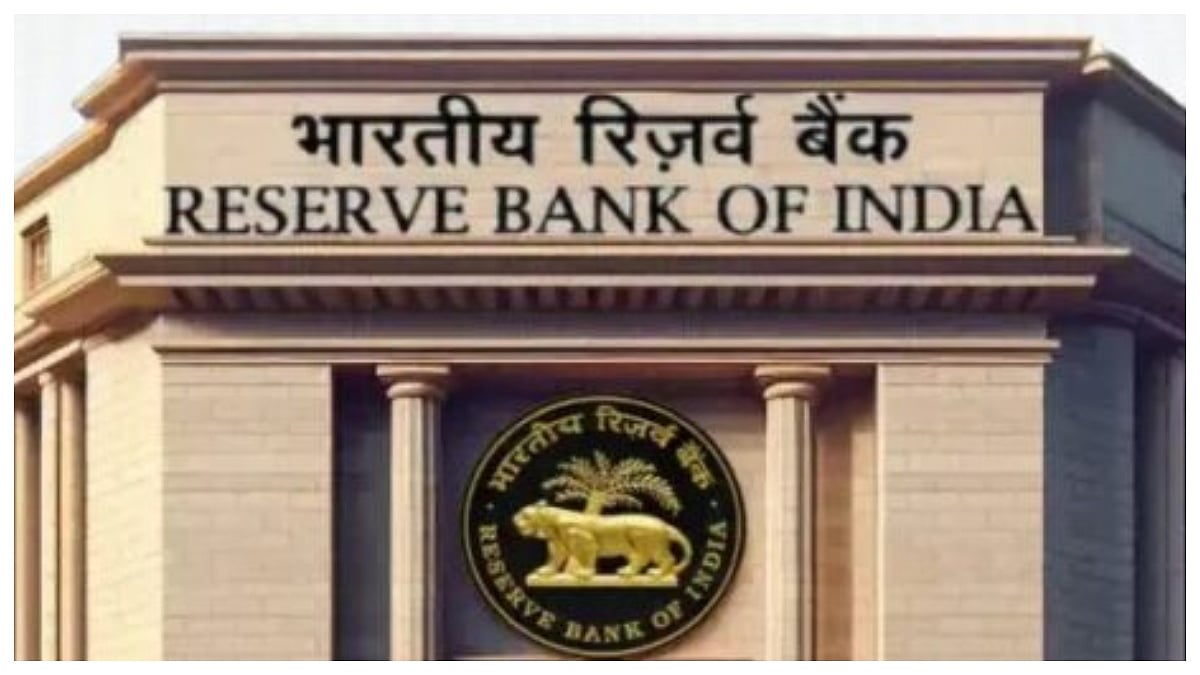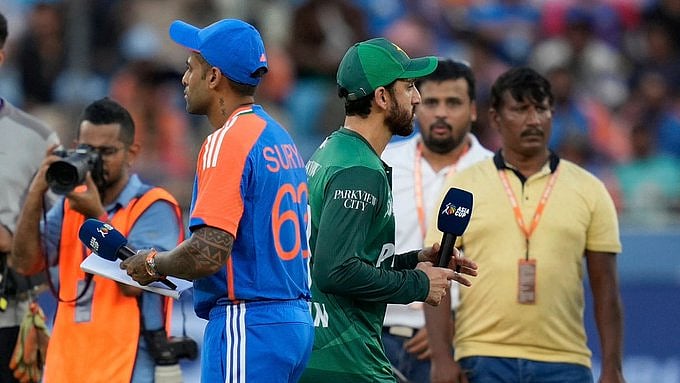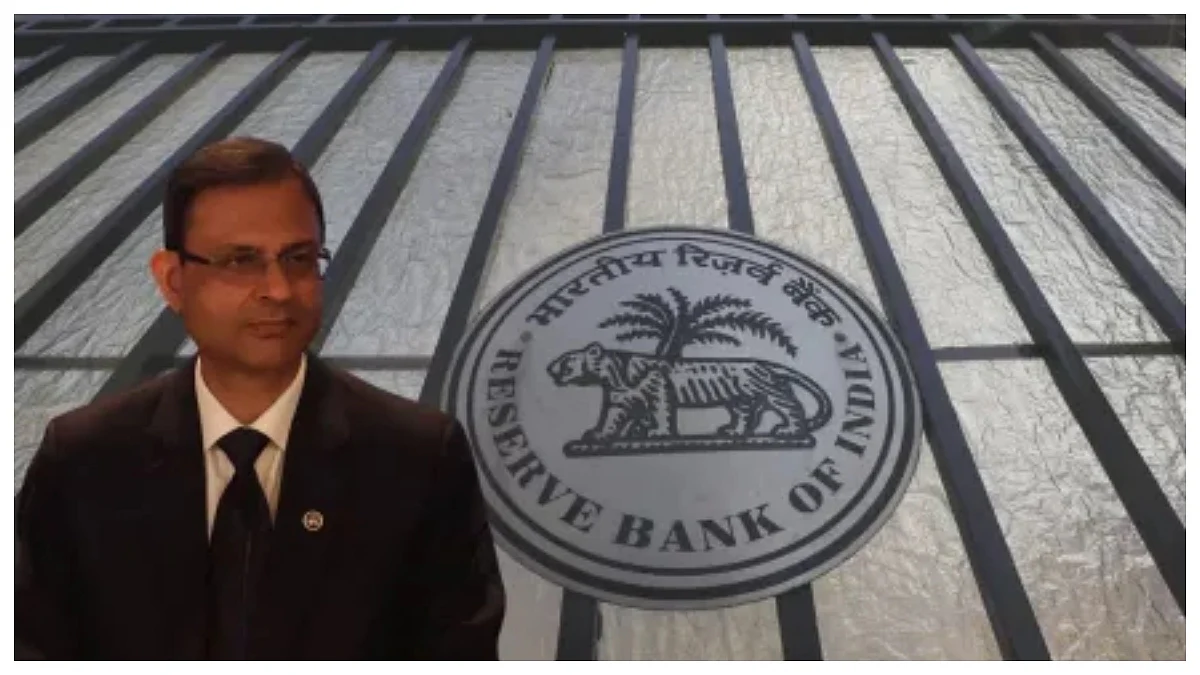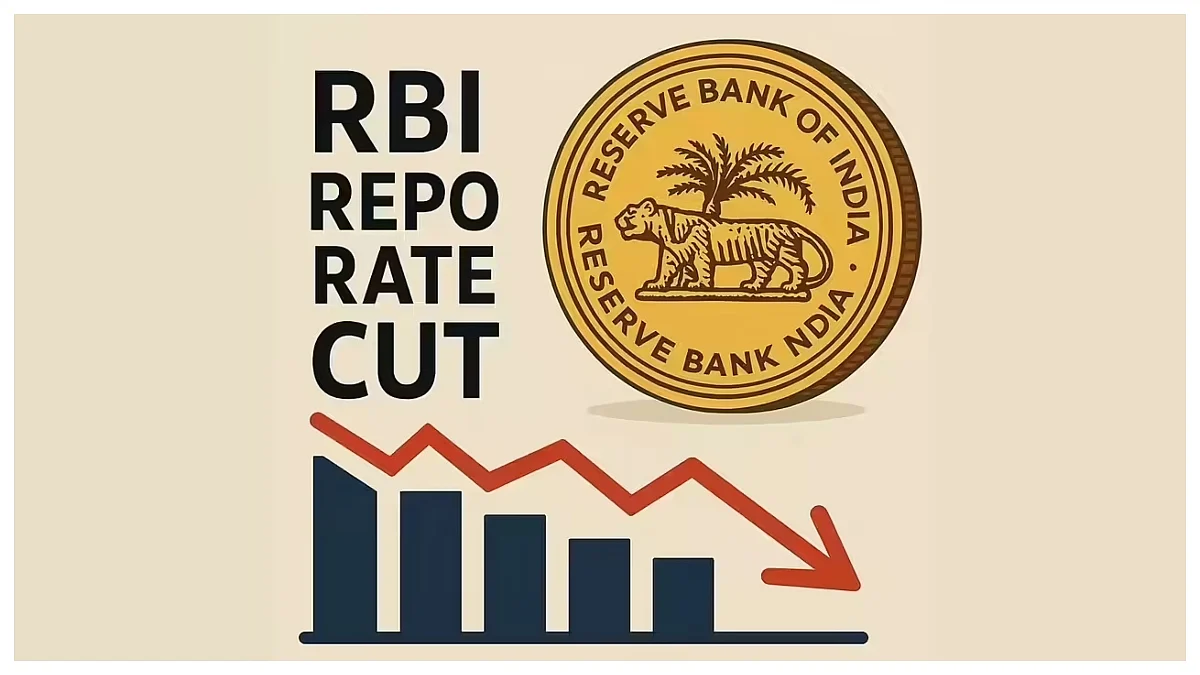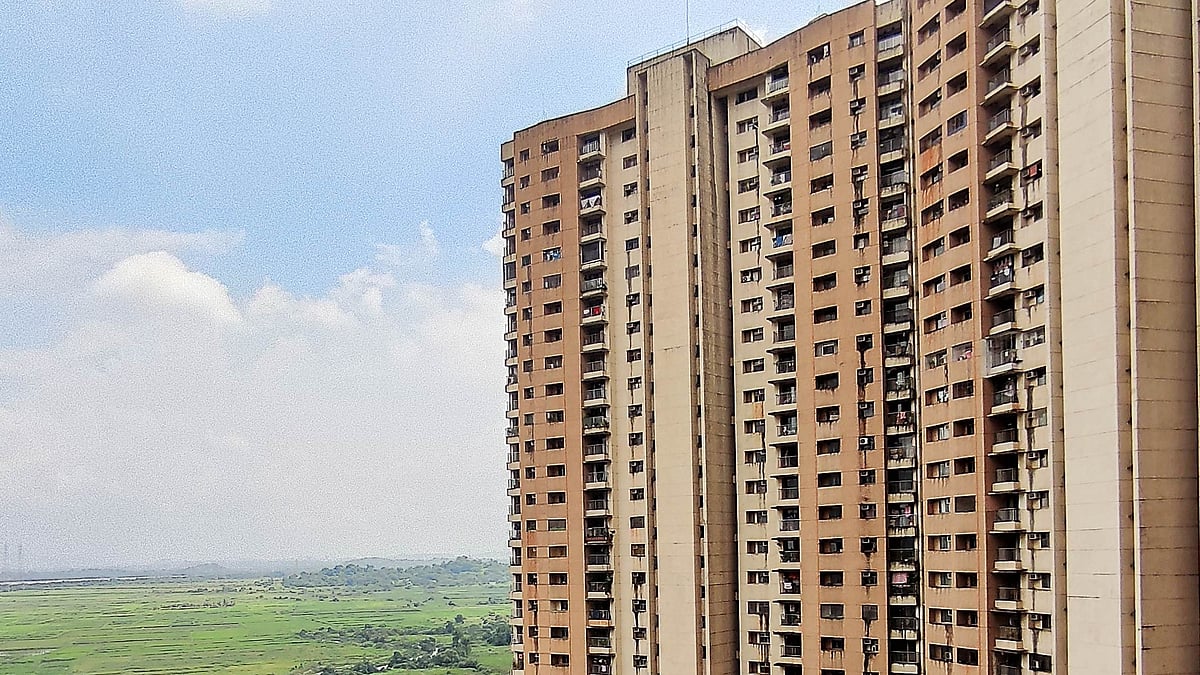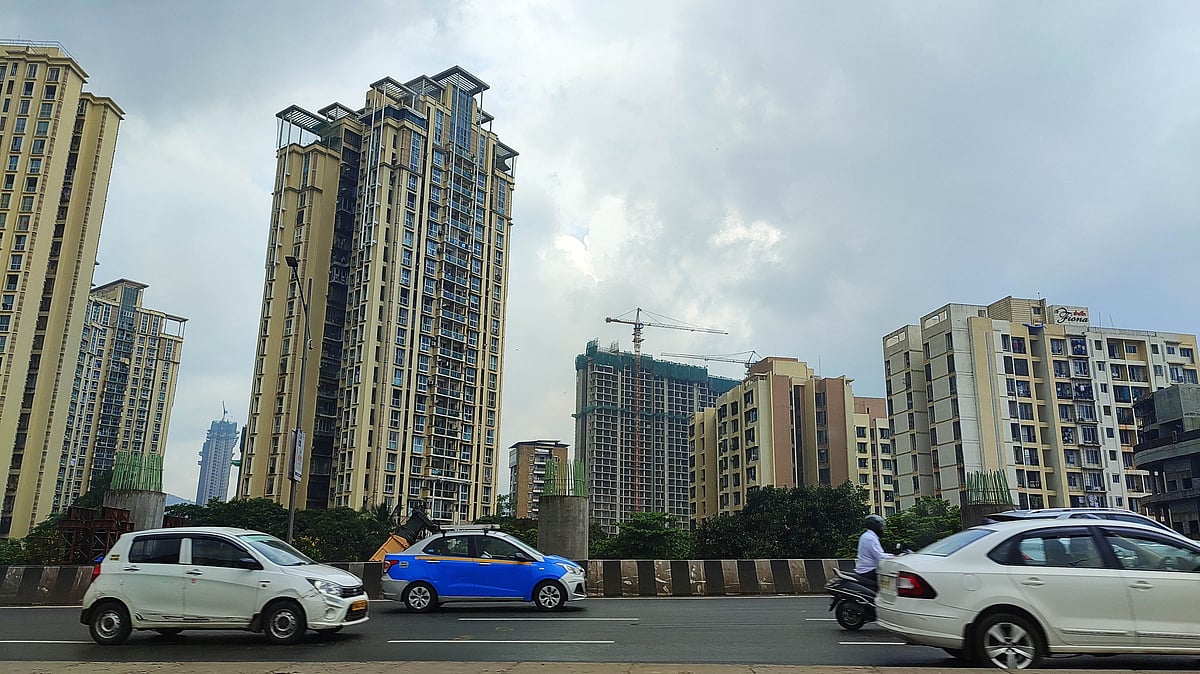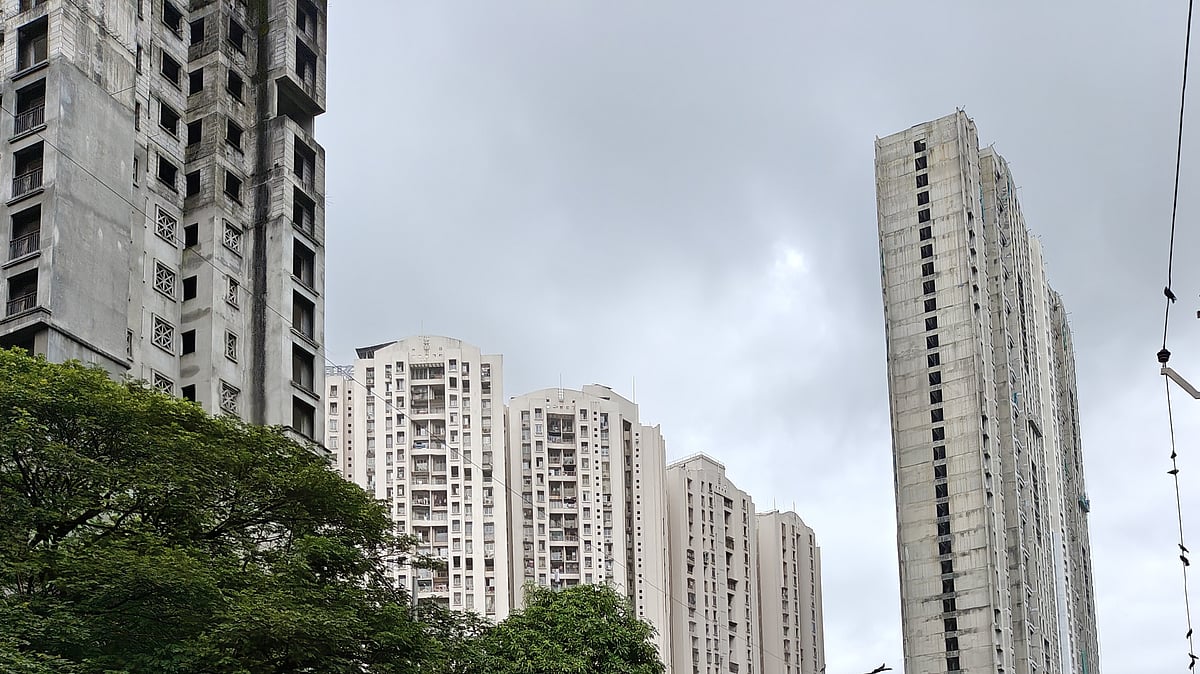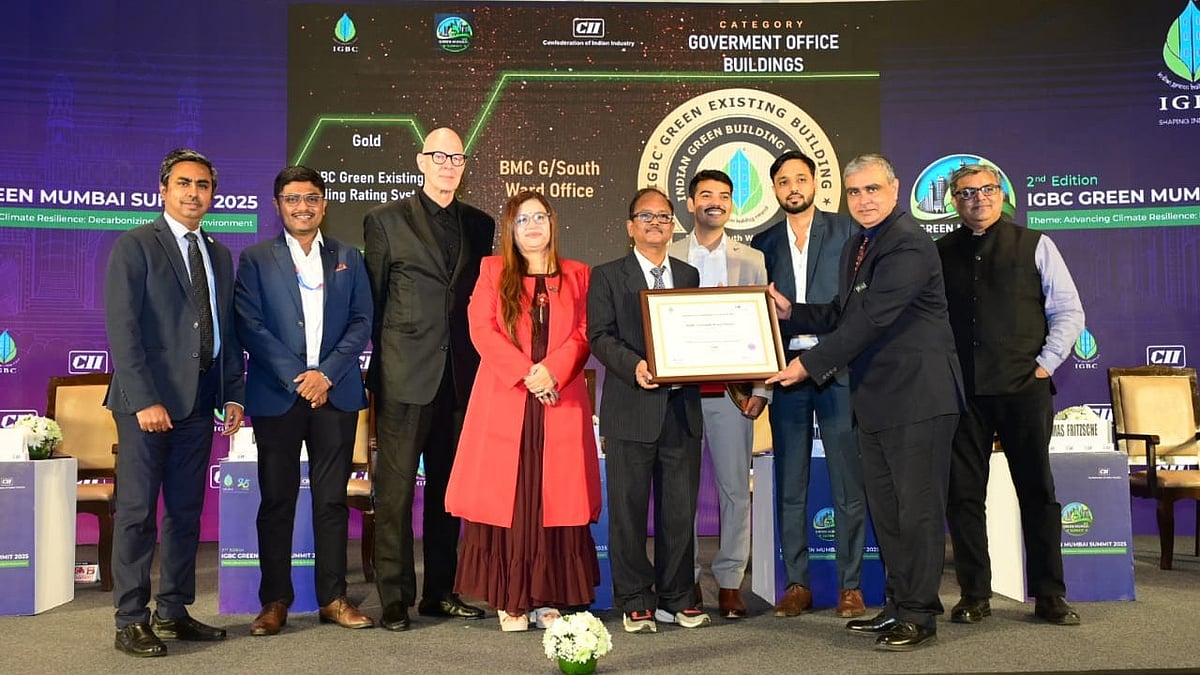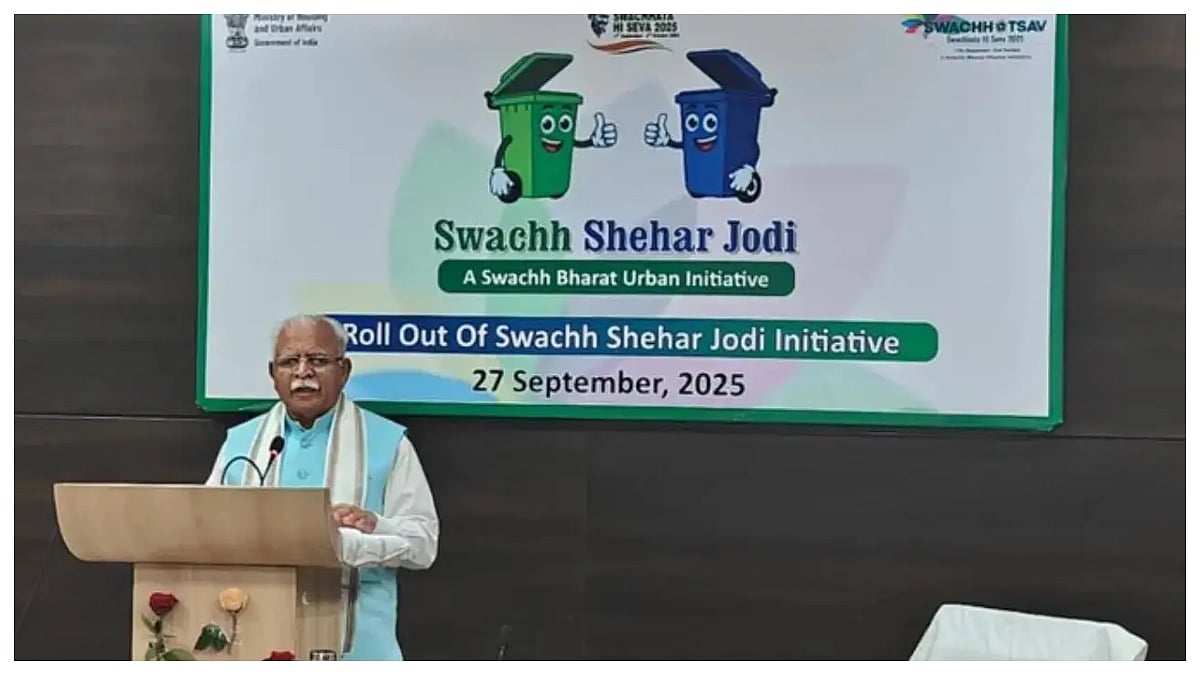Key Highlights:
- FY26 GDP growth retained at 6.5 percent; strong domestic indicators
- Inflation forecast lowered to 3.1 percent; June CPI hits 6-year low
- Urban demand still weak; global risks continue to be monitored
Mumbai: The Reserve Bank of India (RBI) has kept its growth estimate for 2025-26 (FY26) unchanged at 6.5 percent, showing confidence in the country’s economy. At the same time, it has lowered its inflation forecast to 3.1 percent, down from the earlier estimate of 3.7 percent.
RBI Governor Sanjay Malhotra, while presenting the third bi-monthly monetary policy on August 6, said that India’s economy is holding up well thanks to good monsoon, low inflation, rising factory activity, and healthy financial conditions.
Strong Domestic Support for Growth
The RBI believes that growth will continue to be supported by government spending, helpful policies, and a strong services sector, especially in construction and trade. According to Malhotra, rural demand remains strong, but urban spending is still a bit weak, especially on non-essential items.
“Growth is going as we expected, even though it's not yet at the level we want,” Malhotra said. “We’re still watching global risks, like trade tensions and volatile financial markets, which may affect our outlook.”
The RBI expects the economy to grow at:
- 6.5 percent in Q1
- 6.7 percent in Q2
- 6.6 percent in Q3
- 6.3 percent in Q4 of FY26
For the first quarter of FY27, GDP is projected to grow at 6.6 percent.
Inflation Hits Multi-Year Low
On inflation, Malhotra said that price pressure has dropped significantly. Consumer Price Index (CPI) inflation fell to 2.1 percent in June, the lowest in over six years, helped by a sharp drop in food prices.
The RBI now expects inflation for FY26 to average 3.1 percent, with the following quarterly breakdown:
Q2: 2.1 percent
Q3: 3.1 percent
Q4: 4.4 percent
For Q1 of FY27, inflation is projected to be 4.9 percent.
Balanced Outlook, Watch on Global Risks
Malhotra noted that while domestic growth is strong, global risks such as geopolitical tensions and market volatility could still impact the Indian economy. He stressed that strong policies across all sectors, not just monetary policy, will help India reach its full potential.
